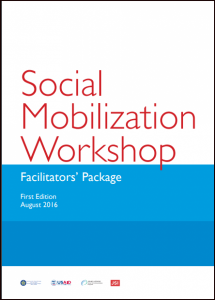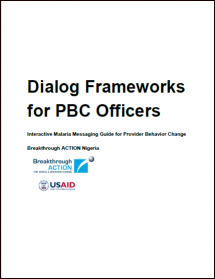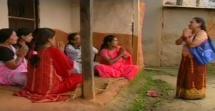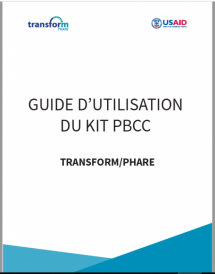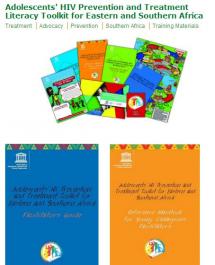Social Mobilization Workshop Facilitators Package
This guide was designed as part of the Communication for Health Ethiopia project for community mobilizers, to help them engage key stakeholders at the woreda and community level in addressing relevant health issues.
Communication for Health has designed the Integrated Communication Platform (ICP) to support the different activities. The ICP, under the ሁሉ በጤና (“All in Health”) brand, encompasses media and advocacy related interventions as well as social mobilization activities. The social mobilization efforts are based on a global model called Communication for Social Change. Using this model, communities will go through a process to identify health problems through dialogue and develop action plans they will work on collectively towards resolving the problems.
Different community structures and administrations are part of this process, enhancing the existing social mobilization strategy, the Health Extension Program (HEP) of the Government of Ethiopia (GoE). The social mobilization effort will make use of the Woreda Transformation Plan (WTP) of the GoE as a main catalyst and aims to support the achievement of the WTP by engaging relevant stakeholders, and identifying the communication intervention points following the discussions that will identify priority areas and development of action plans.
The guide includes a set of exercises to initiate dialogue, nurture shared vision, assess current situation, identify health priorities, and develop joint action plans.
Source: Communication for Health Ethiopia
Date of Publication: February 6, 2020
SIMILIAR RESOURCES
Tools
Examples
- Improving Interpersonal Communication Between Health Care Providers and Clients
- Developing a Social and Behavior Change Research Agenda
- Provider Behavior Change Implementation Kit
- Service Communication Implementation Kit
- VMMC Counseling Training Package
- Evidence Review and Analysis of Provider Behavior Change Opportunities: Literature Review
- Think BIG tool: Prioritizing and Integrating Behaviors
- Glossary of Design Terms
- Program H: Working with Young Men
- Ecological Models

